Description
HISTORY OF THE M7 CLASS
Dugald Drummond became Locomotive Superintendent of the LSWR in 1895 (his title changed to Chief Mechanical Engineer in 1905) and his first new class after continuing construction of some Adams designs was the M7 0-4-4T. This was derived from his NBR 157 class from 1877, which itself was an enlargement of the LBSCR D1 class. Construction commenced in 1897 and continued in batches until 1911, there being five major sets of design variants. Between 1897 and 1899 engines were built with a short overhang at the front, sandboxes combined with the front splashers, injectors, lever reverse and conical smokebox doors on numbers 252-256. In 1900 the design was changed to have the sandboxes inside the smokebox. In 1903 a long overhang on the front end was introduced and steam reverse gear fitted. During 1904 and 1905 construction moved the sandboxes back to the front splasher and new items were feed water heating, single ram pumps and balanced crank axles. For the remainder of the construction until 1911 duplex pumps were fitted. A total of one hundred and five were finally built.
When first introduced several of the class were allocated to work express passenger services between Exeter and Plymouth but they were withdrawn from this duty after a major derailment at Tavistock. However the class became synonymous with local main line and branch workings as well as London suburban services until this role was overtaken by electrification. When in 1912 the LSWR introduced push-pull services on some branch lines many of the class were fitted with a cable and pulley system of operation. However the Southern Railway subsequently adopted the LBSCR compressed air control system and thirty six of the class were converted to this between 1930 and 1937. Because of the extra space need to fit the compressor these conversions were confined to long framed members of the class, and a further four rather late conversions appeared between 1960 and 1962 as a result of frames being exchanged during overhaul.
Therefore all but two of the class survived into British Railways days and continued to perform the same sort of work they did for the LSWR and the SR. In the brief period from the end of WW2 and into the early days of nationalisation some members of the class received Bulleid’s malachite green livery lined yellow edged with black. Numbers 242, 243 and 676 were painted malachite green by the Southern Railway in 1946/47. Nº243 was re-numbered 30243 and re-lettered BRITISH RAILWAYS in unlined malachite in 1948 whilst the other two went direct from SOUTHERN malachite to lined black. The three gained this livery in 1950, 1952 and 1952 respectively.
A further three locos, Nº30038, Nº30241 and Nº30244, were painted malachite by BR in 1948, lettered BRITISH RAILWAYS. They became lined black in 1953, 1953 and 1951 respectively.
Other than for what is noted above, in BR days the class ran in lined black livery.
The most notorious member of the class, engine Nº672, gained its repute and met its demise when in 1948 it fell down the lift shaft that gave rolling stock access to the Waterloo & City line. It could only be removed by being cut up in situ. NNº126 was altered in 1921 to superheating which resulted in its boiler being raised, a Urie style stovepipe chimney being fitted and its smokebox being extended. Whilst this conversion was successful and it was planned to perform this work to a further nineteen, the increased weight severely restricted route availability and therefore usefulness. Nº126 was thus confined to Windsor line services and eventually Waterloo ECS duties. In 1937 126 was withdrawn and donated its frames to repair Nº254, the latter then becoming a long framed version (though in reality the resulting engine owed more to Nº126 than Nº254).
The last members of the class were withdrawn in May 1964, of which two still exist. Nº 245 is now part of the national collection at the National Railway Museum in York where it is only cosmetically preserved. 30053, which spent its latter days working on the Swanage branch, was shipped across the Atlantic in 1967 and went on display at Steamtown USA in Scranton, Pennsylvania. In 1987 it was repatriated by the Drummond Locomotive Society and restored to running condition at the East Anglian Railway Museum at Chappel & Wakes Colne. It is now in service again on the Swanage Railway.

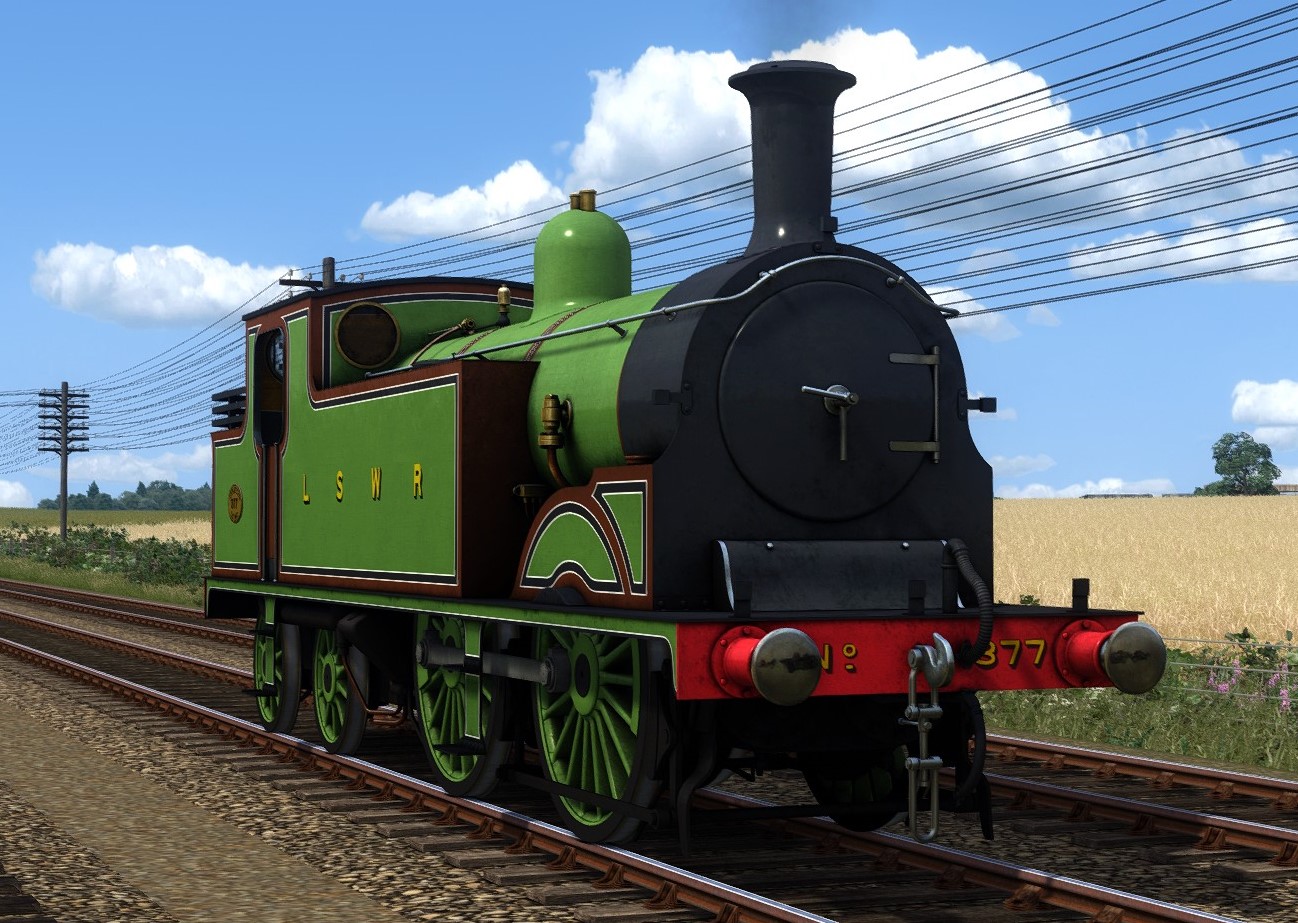
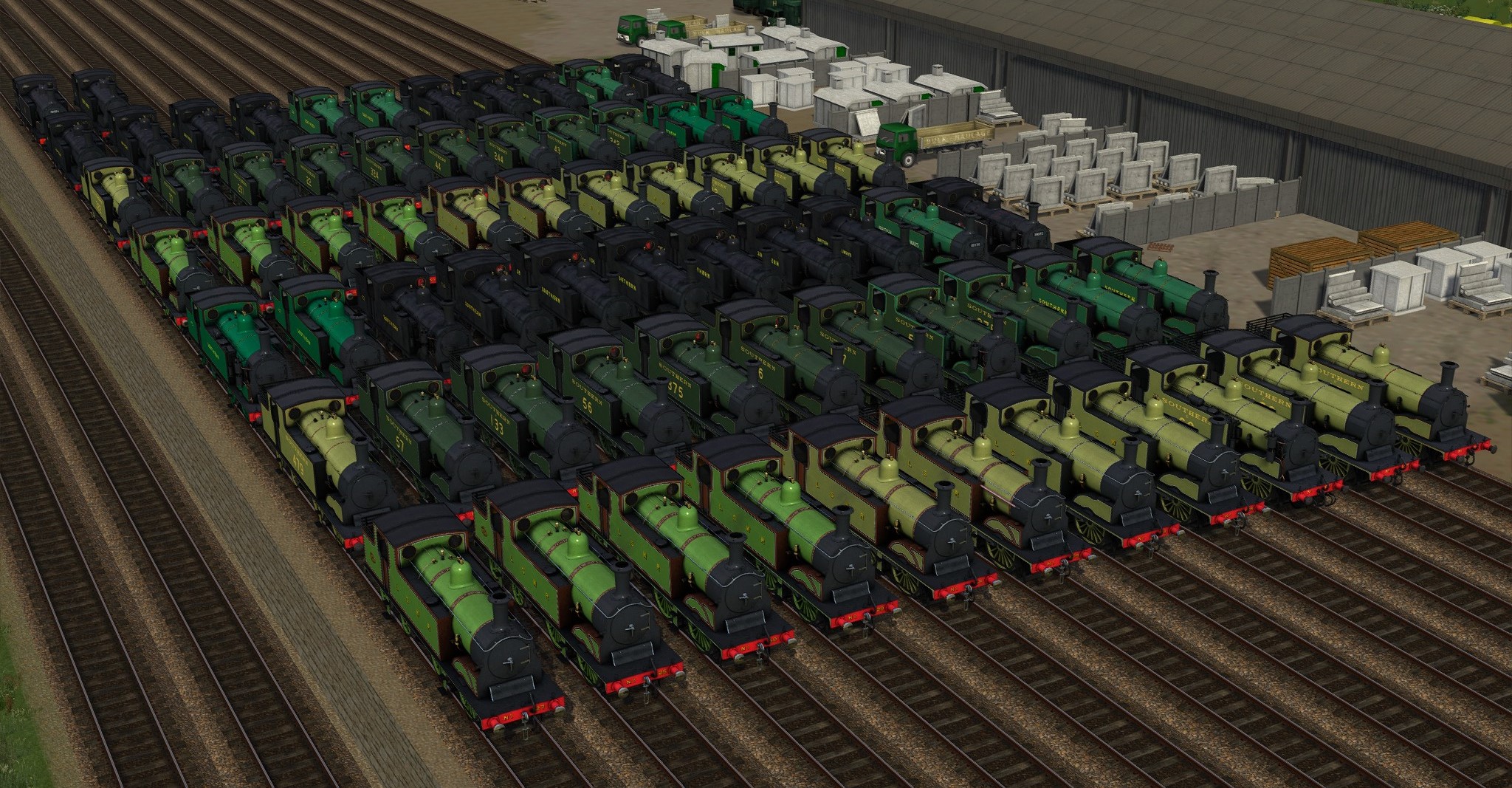
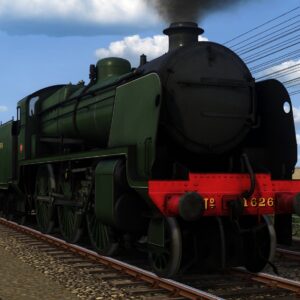
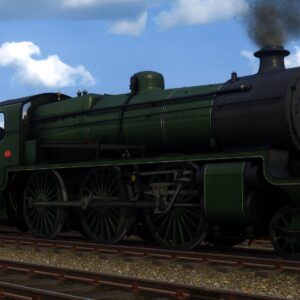
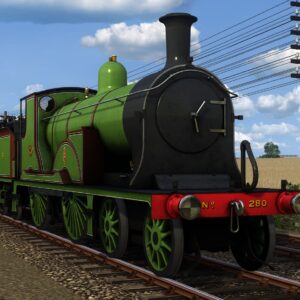
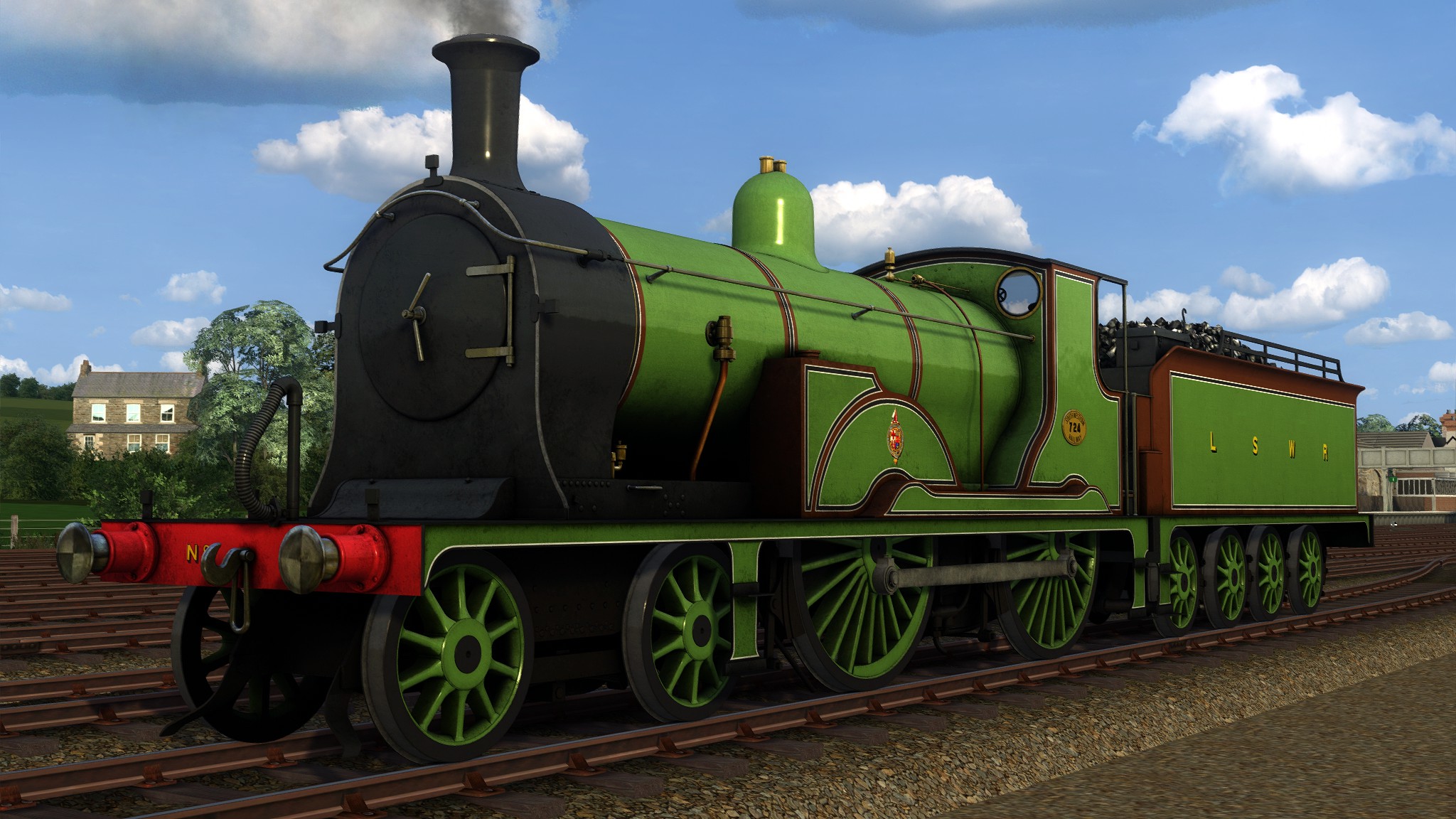
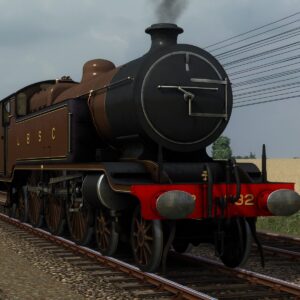
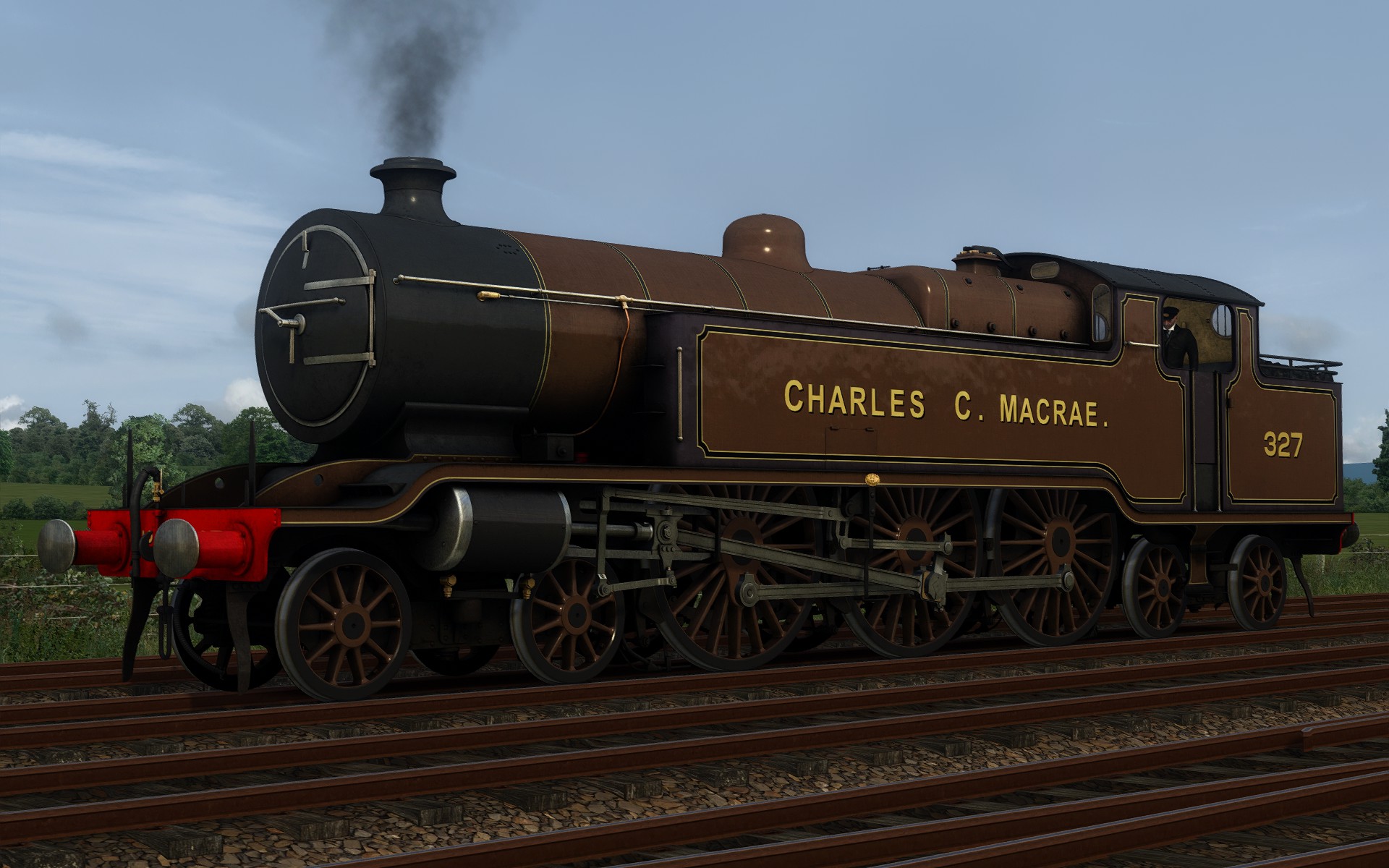
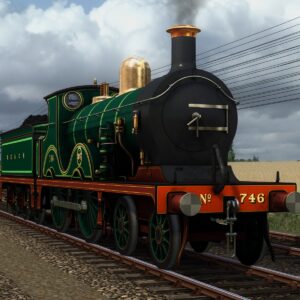
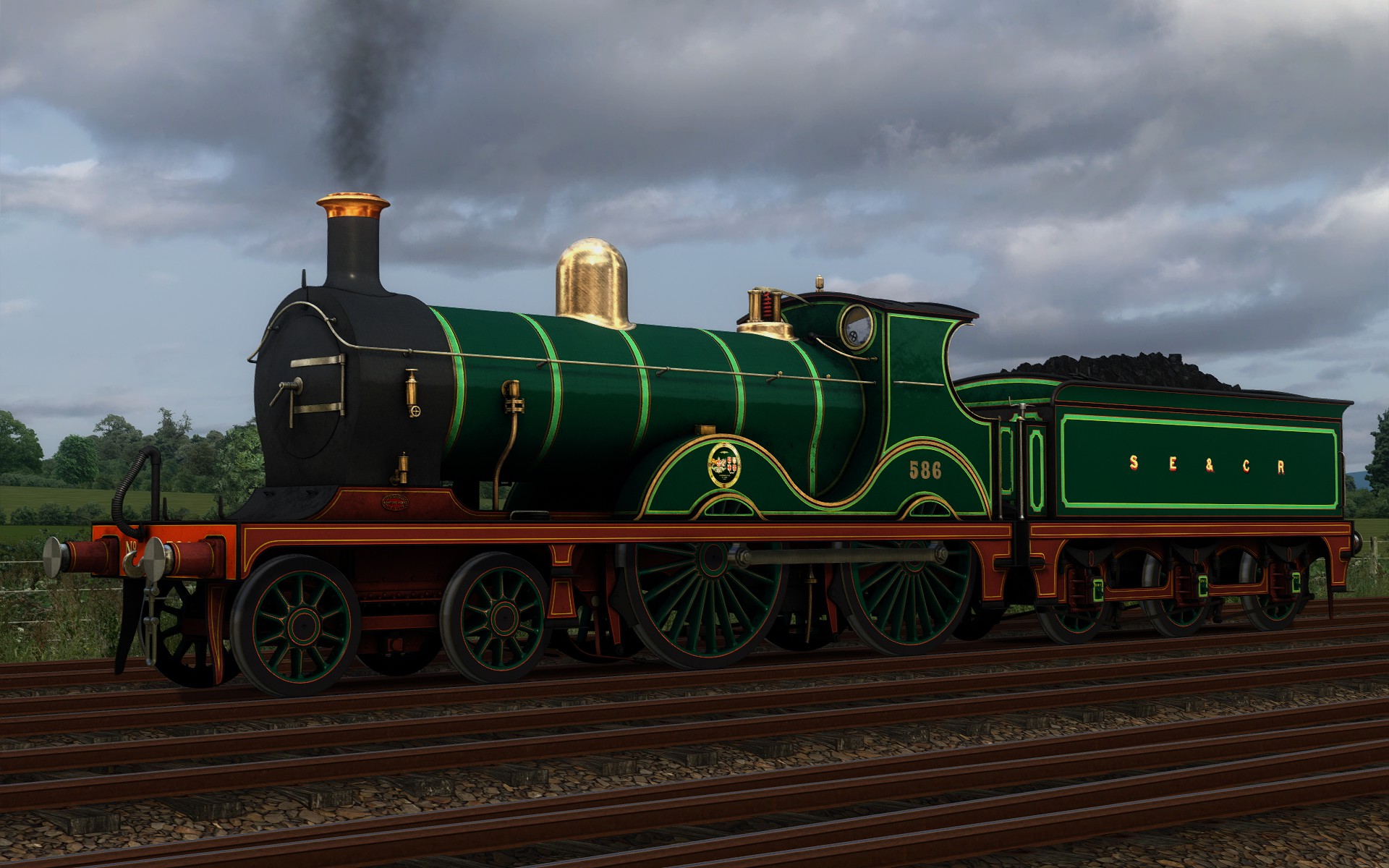
Reviews
There are no reviews yet.